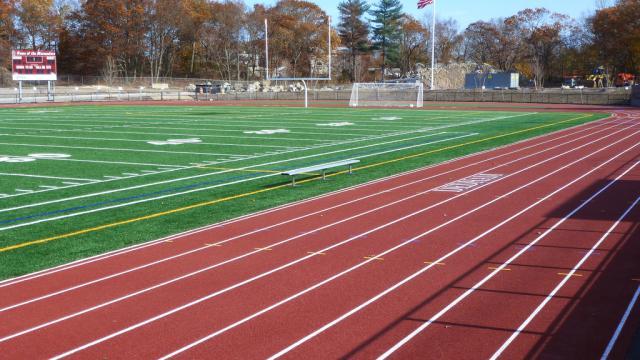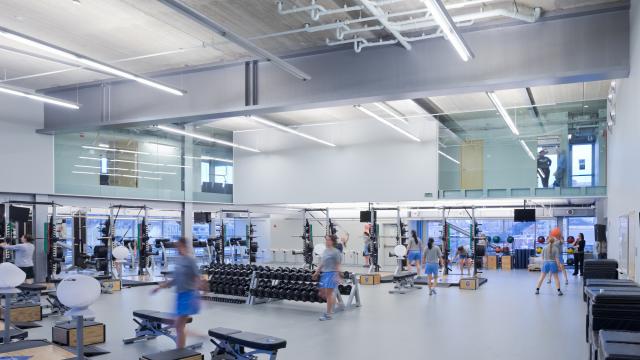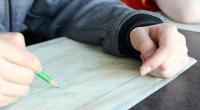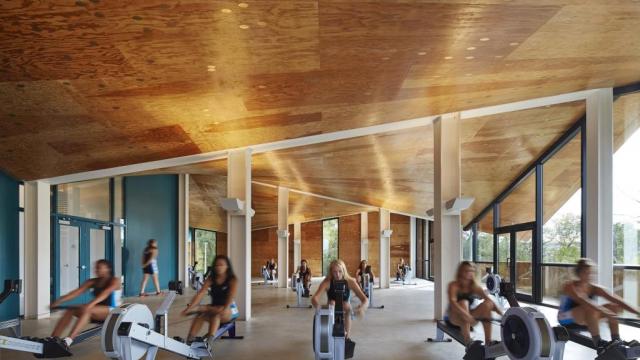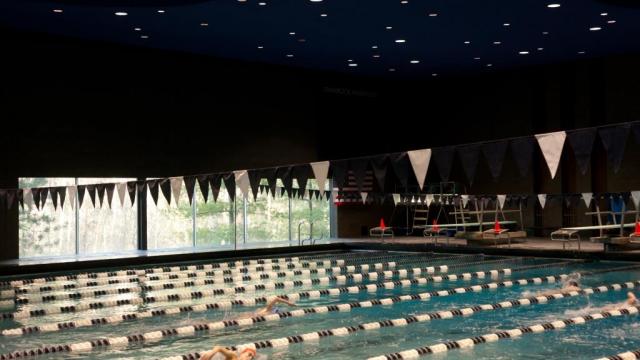I designed an athletic pavilion for college and high school students to use for recreational purposes. The students can play sports as well as lay back and watch tv and hang out with friends.
Auden Conyers's work for the Collect Information step:
Summary
To collect information on my large project, I researched numerous athletic facilities in order to find out the different program s needed for my pavilion.
I used this image of a gym in order to create the basketball court for my project. I used glass as...
0 comments
Knowing that the roof of my gym could not be flat, due to the amount of necessities such as air...
I used this picture as a guide to scaling my pool to fit within the pavilion, not making the pool...
Auden Conyers's work for the Brainstorm Ideas step:
Summary
To brainstorm ideas, I researched different pavilions in order to find out numerous ideas to influence my pavilion.
The image selected was used to design my pavilion. The different shapes used to create this...
This image helped me create my workout facility for my pavilion, knowing that students would like a...
Auden Conyers's work for the Develop Solutions step:
Summary
I used research as well as first hand examples to decide what I need to include in my project. A huge inspiration for my project was UIC because of the way their campus is shaped.
Even though this gym is inside, the glass gives the students inside a view to the outside, which I...
I wanted to create a flat, rectangular shape for my structure similar to the one shown in this...
In this project, I wanted to have a front desk for my project in order to add as many realistic...
Auden Conyers's work for the Final Design step:
Summary
My final design was an athletic pavilion. My athletic pavilion is used to represent the different things that the students can do in their spare time.
This is an overview of my final project, displaying the activities I have for the students
This picture displays the game room, and lounge area, where students can go to relax and unwind...
This image displays my workout room for the students to use to exercise and stay in shape.
This picture displays my basketball, which is one of the main features of the final project.
This is a picture of my outdoor pool which will attract numerous students that want to relax


